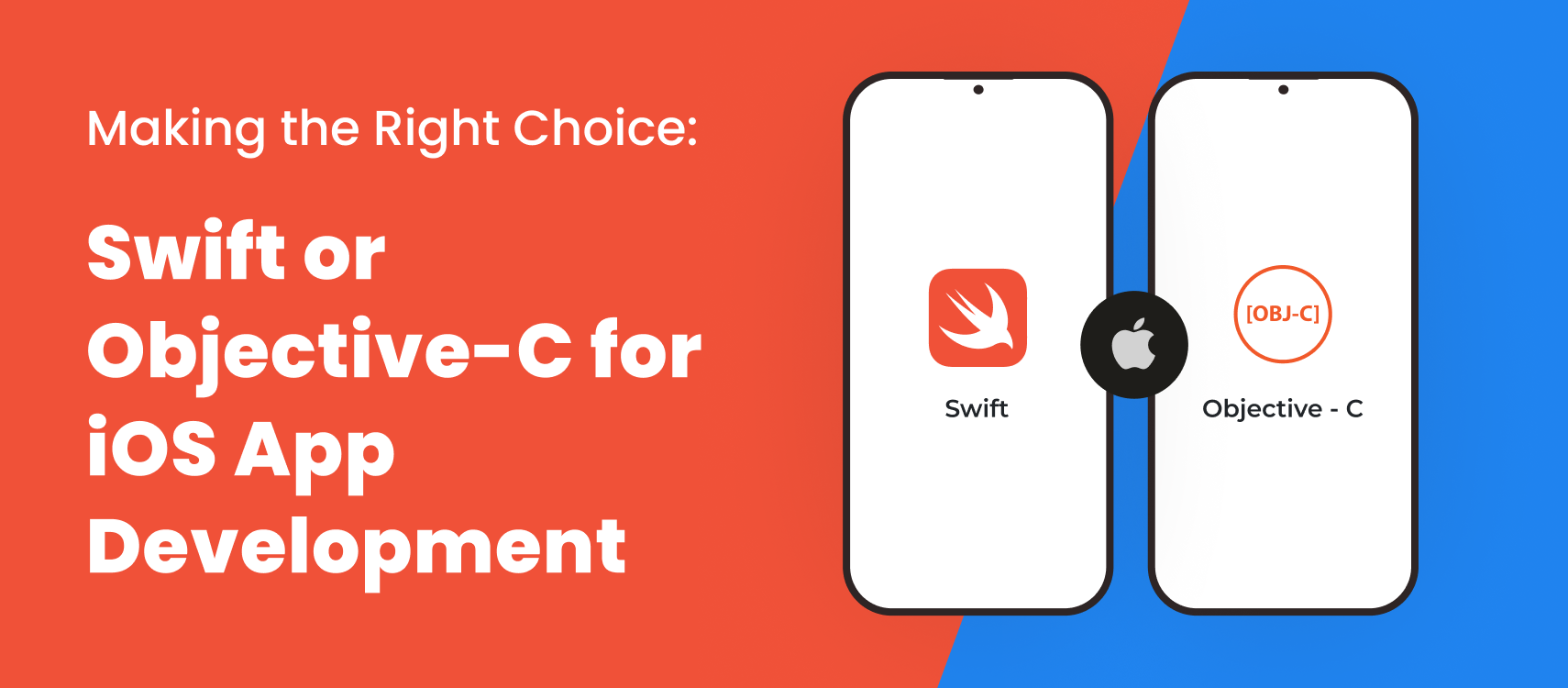Table of Contents
- Reactivity
- Server-Side Rendering (SSR)
- Signals
- ES Build Dev Server Support
- Ending Notes
Angular, one of the most popular JavaScript frameworks for building dynamic web applications, has taken a significant leap with its latest release, Angular16. This version adds a lot more to the arsenal of any Angular development company and marks a major milestone in the evolution of Angular, bringing forth remarkable improvements in reactivity, server-side rendering, and overall tooling.
Now to help the developers across Angular development services, we are going to explore the exciting new features of Angular 16, exploring how they enhance performance, developer experience, and the overall capabilities of the framework.
Reactivity: Empowering Performance and Clarity
Angular 16 introduces a game-changing reactivity model that offers substantial improvements in both performance and the developer experience. This model, which is entirely backward compatible and interoperable with the existing system, promises to revolutionize the way developers approach change detection and data flow within their Angular web development projects.
The Key Benefits of This New Reactivity Model Include:
- Enhanced Runtime Performance: By reducing the number of computations during change detection, the new reactivity model significantly boosts runtime performance. This improvement is especially evident in applications built with signals, where the anticipated performance gains could positively impact Core Web Vital metrics such as the Input Core Web Vitals.
- Clearer Mental Model: Understanding dependencies within a complex application can be challenging. The new reactivity model simplifies this by providing a clear overview of the dependencies in the view and the data flow throughout the mobile development project. This clarity aids developers in building more maintainable and scalable applications.
- Fine-Grained Reactivity: Angular 16 paves the way for fine-grained reactivity, allowing developers to check for changes only in components that are directly affected. This approach optimizes change detection and reduces unnecessary computations, contributing to improved application performance.
- Zone.js Independence: The new reactivity model aims to make Zone.js optional in future releases. Instead, it leverages signals to notify the framework when the model has changed, reducing the reliance on third-party libraries for change detection.
- Computed Properties: Angular 16 introduces the concept of computed properties that enable developers to obtain calculated values without incurring the performance penalty of recomputation in each change detection cycle. This optimization contributes to a smoother user experience.
- Reactive Inputs: The integration of reactive inputs aligns with Angular’s commitment to improved interoperability with RxJS. This development brings Angular’s reactivity closer to RxJS’s observable pattern, enhancing the flexibility of data binding.
Example: Consider a real-time dashboard that displays dynamic data. With the new reactivity model, the dashboard’s components can efficiently detect changes in the relevant data points without triggering unnecessary recalculations across the entire application.
Server-Side Rendering (SSR): Transforming User Experience
Businesses hire Angular developers for front-end development only. Angular’s lack of robust server-side rendering (SSR) support has been a concern for developers seeking to optimize performance and user experience. Angular 16 addresses this gap by introducing non-destructive hydration, a novel approach that overcomes the limitations of traditional SSR methods.
-
Non-Destructive Hydration:
Unlike the previous destructive hydration approach, where the client-side application would completely rebuild the DOM after server-side rendering, Angular 16’s non-destructive hydration method enhances user experience by preserving the initial server-rendered DOM. This approach minimizes UX issues like screen flickering and positively impacts Core Web Vitals such as Largest Contentful Paint (LCP) and Cumulative Layout Shift (CLS).
-
Enhanced Event Handling:
Non-destructive hydration also improves event handling. The server-rendered DOM remains intact while client-side features like event listeners are added incrementally. This approach ensures a seamless transition between server-rendered and client-side rendered components, contributing to a smoother user experience.
Example: Consider an e-commerce website where product listings are dynamically loaded. With non-destructive hydration, users browsing the website experience faster load times and smoother interactions, as the server-rendered content remains intact while client-side features seamlessly integrate.
Signals: A Paradigm Shift in Change Detection
Angular 16 introduces the Signal pattern, inspired by the push/pull pattern found in libraries like Solid JS. This pattern, centered around signals that push and pull values, fundamentally changes the way Angular handles change detection in web and app development projects.
-
Granular Change Detection:
The Signal pattern allows for granular change detection, focusing change detection efforts at the level of the signal variable. This approach eliminates the need to traverse the entire component tree during each change detection cycle. As a result, Angular achieves more efficient change detection, enhancing application performance.
-
Zone.js Independence:
The integration of the Signal pattern could make Zone.js optional in the future. This independence further streamlines the change detection process and reduces unnecessary overhead.
Example: Imagine a messaging application where user status updates trigger changes in various components. With the Signal pattern, the application can optimize change detection, limiting it to components affected by the user status changes, leading to faster response times.
ES Build Dev Server Support: Faster and More Efficient Development
Angular 16 introduces ESBuild support for the ng serve command, enhancing the development experience by significantly reducing bundle times compared to the previous approach. Although currently available only during the build phase, the integration of ESBuild during development is anticipated in future Angular releases.
-
Speedy Bundle Times:
ESBuild’s integration with the development server results in faster bundle times, improving the iteration process during development. This optimization allows developers to enjoy quicker feedback cycles, leading to enhanced productivity.
Example: During development, when a developer makes changes to a component’s code, the ESBuild-enabled development server rapidly updates the corresponding bundle, allowing for instantaneous feedback on the changes made.
Ending Notes
Angular 16 marks a pivotal moment in the framework’s evolution, with groundbreaking features that enhance reactivity, server-side rendering, and development efficiency. The reactivity model introduces performance gains and simplifies data flow management, while non-destructive hydration transforms user experiences by eliminating screen flickering.
The Signal pattern and ESBuild integration further refine change detection and development speed. These advancements empower developers to build more efficient, responsive, and user-friendly applications using Angular 16, setting a new standard for web application development in the modern landscape.










